
One in six Latinos live in high poverty neighborhoods
A new report and analysis looks at the development of concentrated poverty.
According to an extensive 20-year census data investigation, the number of people in the U.S. living in areas of radically concentrated poverty has nearly doubled since 1990, and the population is represented largely by Blacks and Latinos.
Paul Jargowsky, a public-policy professor at Rutgers University-Camden and a fellow at The Century Foundation, said he turned to the census data to understand the civil unrest in America's ghettos and barrios that has risen to national attention in the last year. Though the primary cause for the protests has been the "brutal interactions between police and unarmed black men," Jargowsky was able to highlight a systemic problem that has gone largely undiscussed: poverty is growing in size and, at the same time, condensing in its geographic distribution.
Jargowsky writes:
"...we are witnessing a nationwide return of concentrated poverty that is racial in nature, and that this expansion and continued existence of high-poverty ghettos and barrios is no accident. These neighborhoods are not the value-free outcome of the impartial workings of the housing market. Rather, in large measure, they are the inevitable and predictable consequences of deliberate policy choices."
Citylab, which published a detailed breakdown of Jargowsky's research, noted that poverty is most concentrated in Midwest and Northeast cities, "where tens of thousands of people have headed to suburbs, and the region itself is shrinking in population." Moreover, there's some distressing racial math at play here: "One in four black Americans and one in six Hispanic Americans live in high-poverty neighborhoods, compared to just one in thirteen of their white counterparts."
U.S. population living in high poverty areas (numbers in millions)



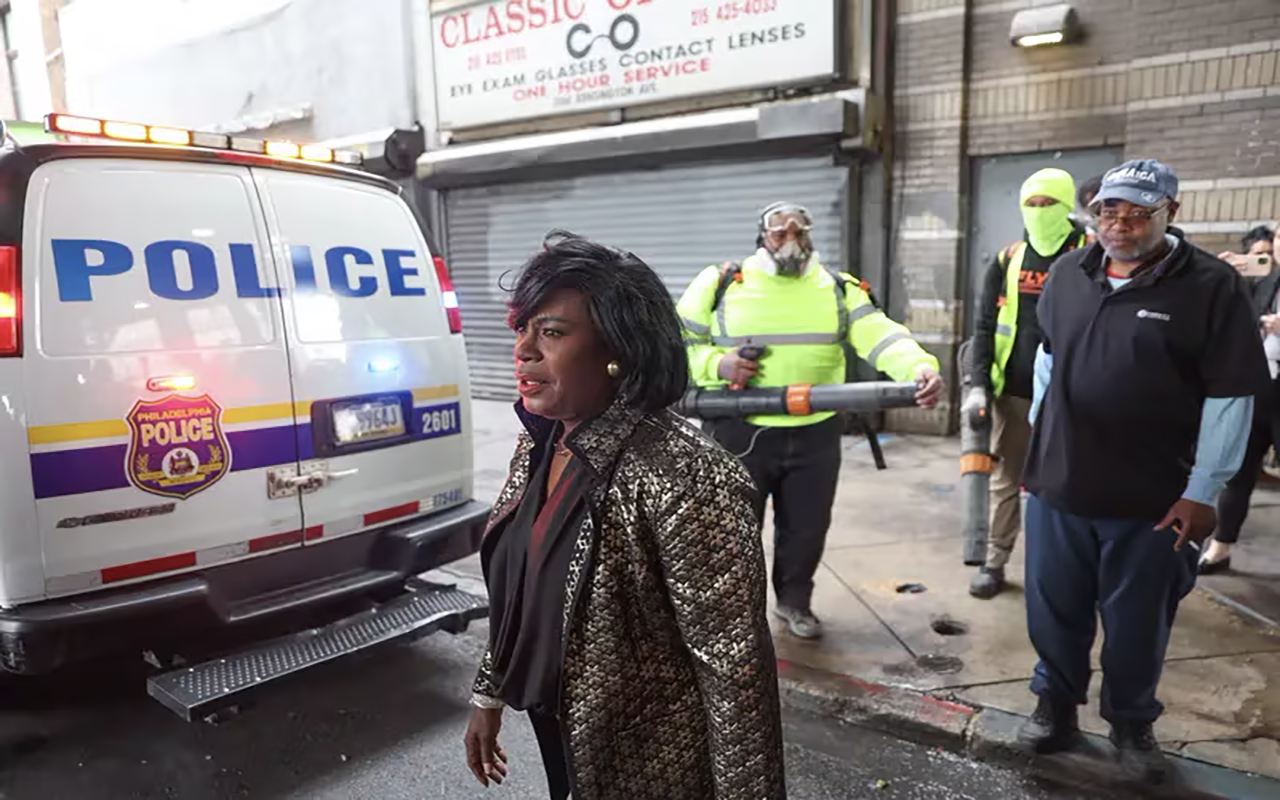
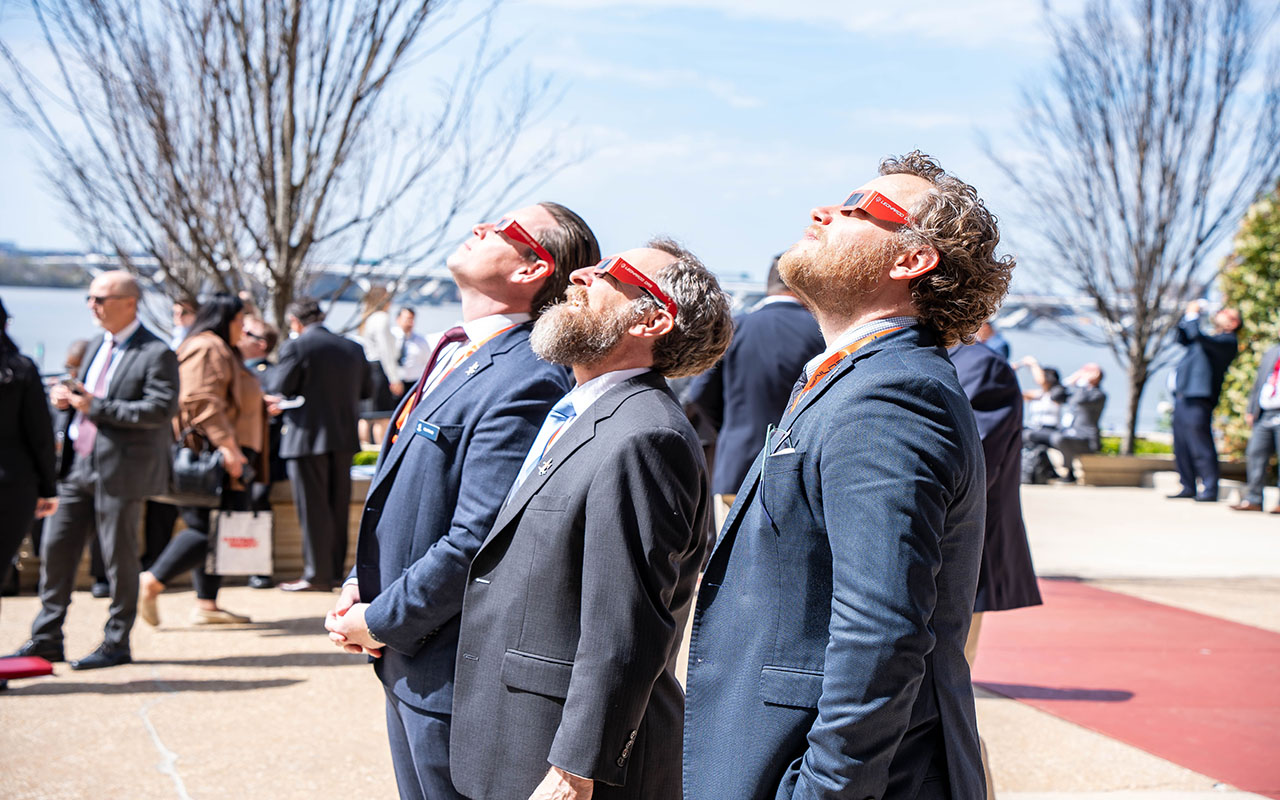


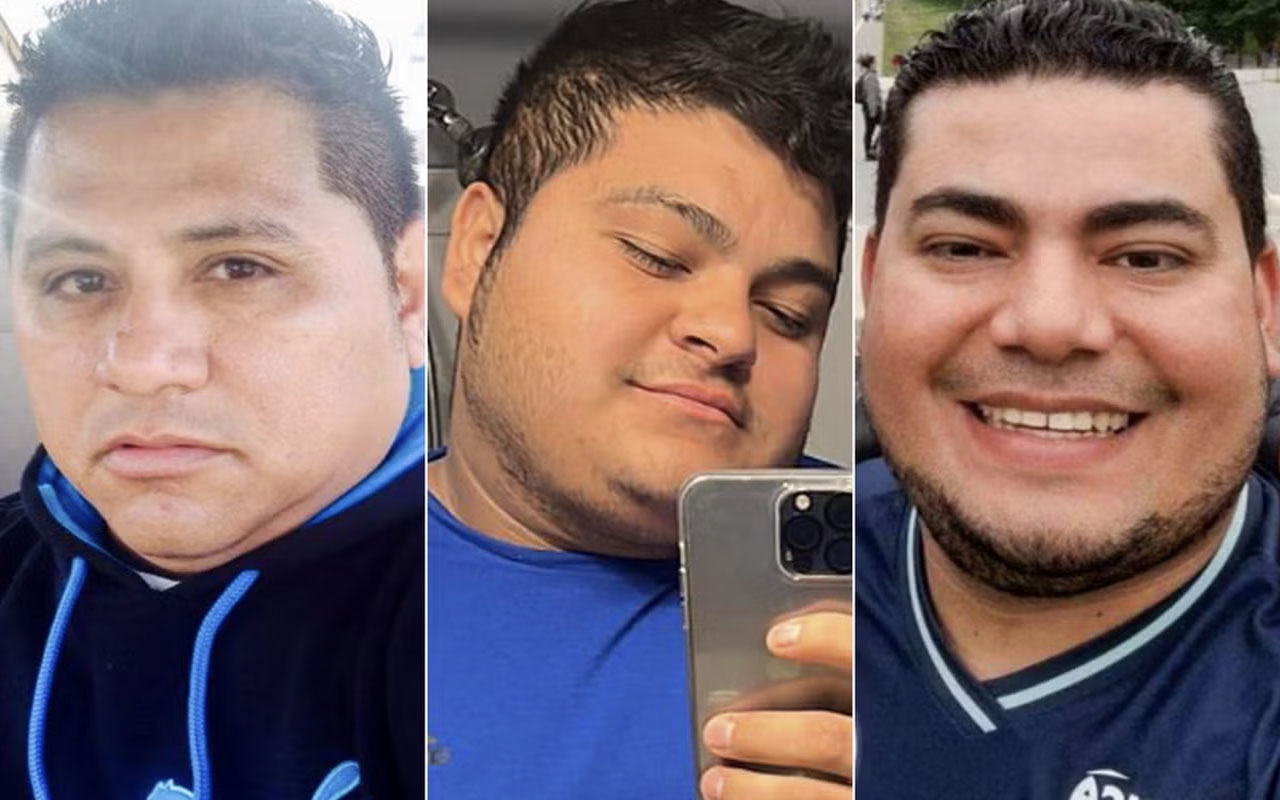
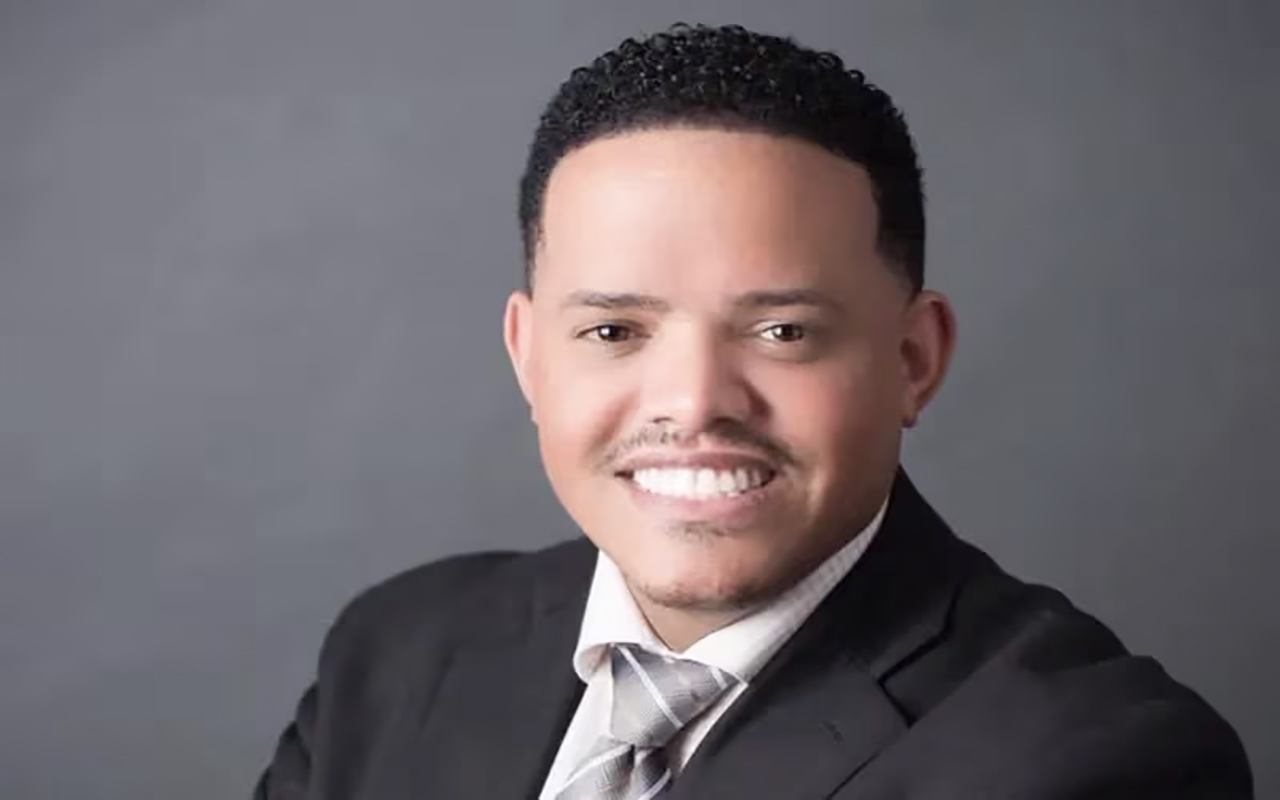
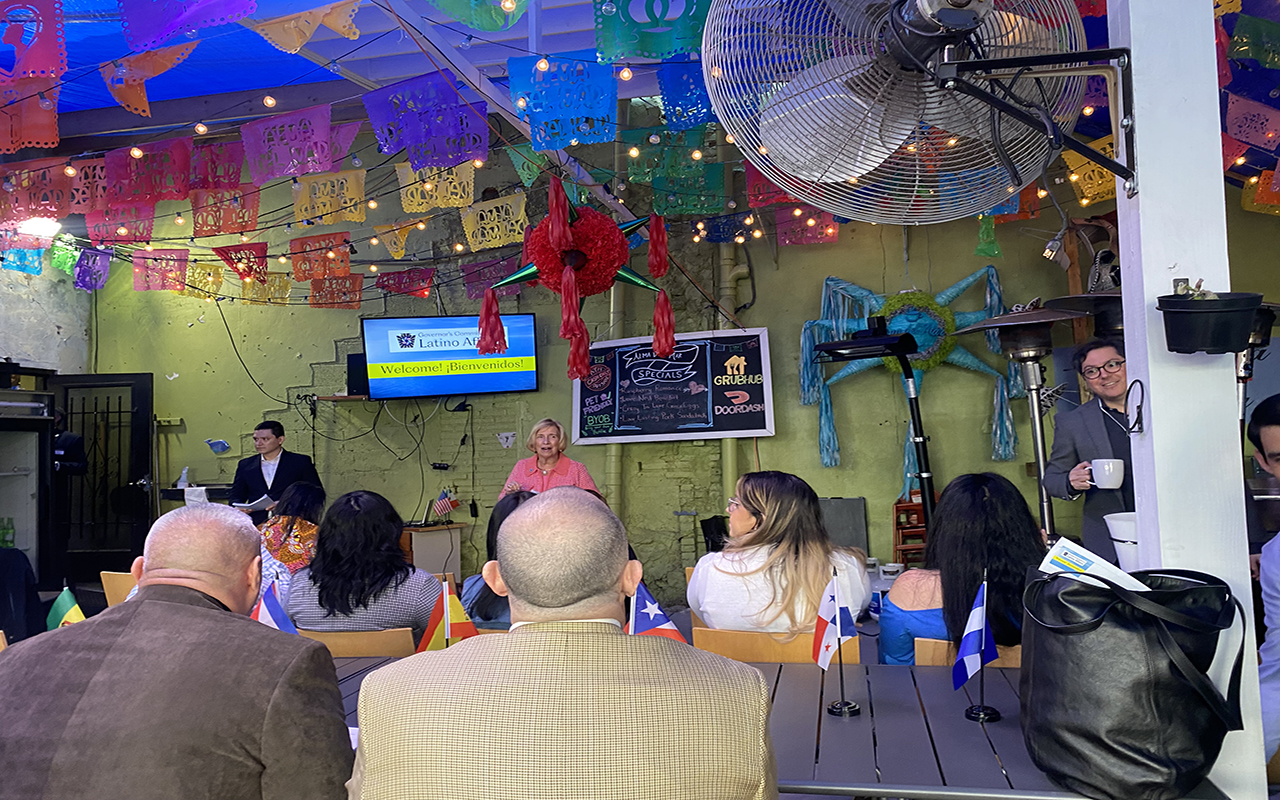

LEAVE A COMMENT:
Join the discussion! Leave a comment.